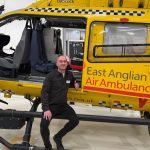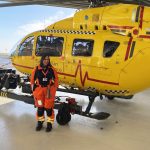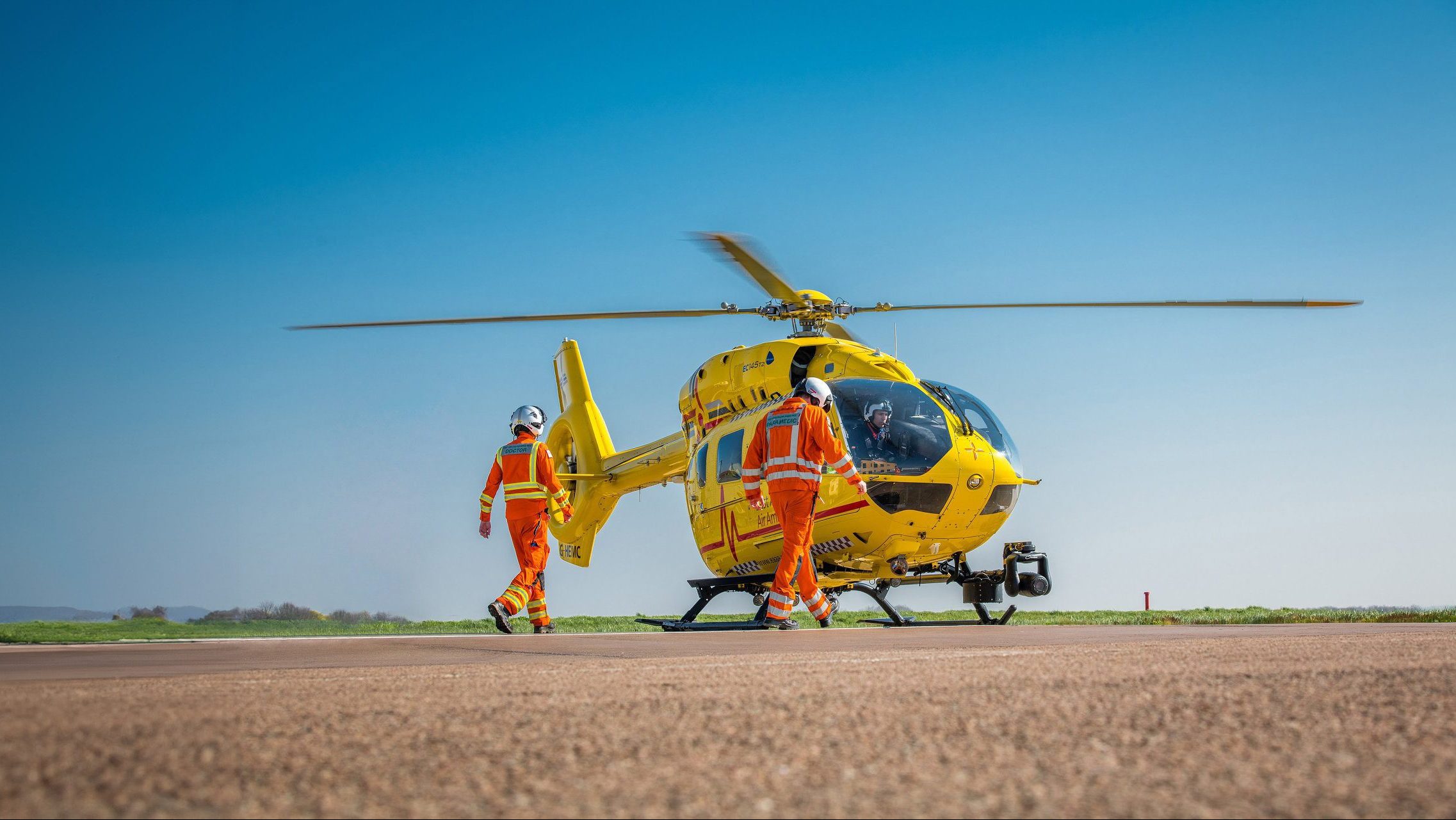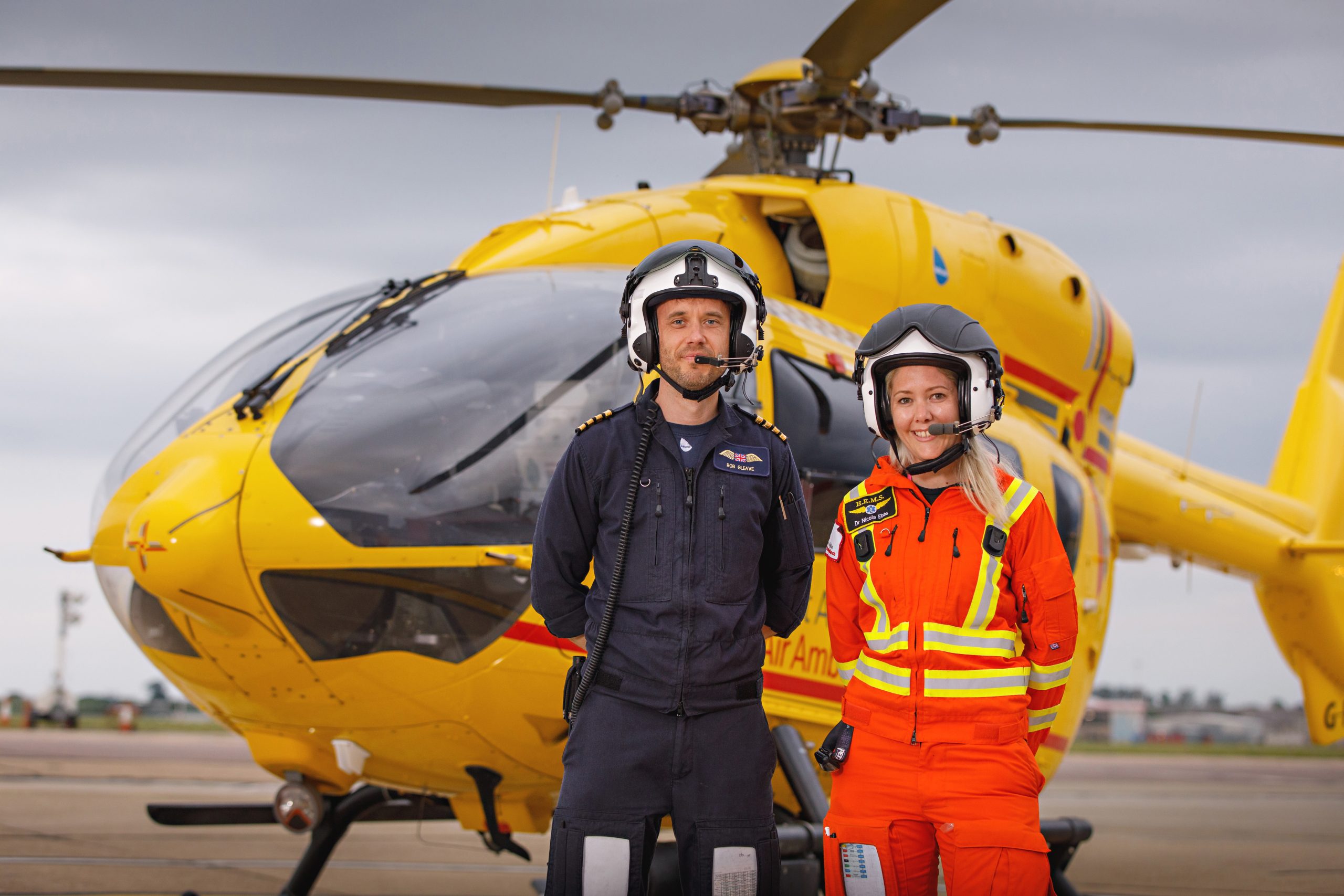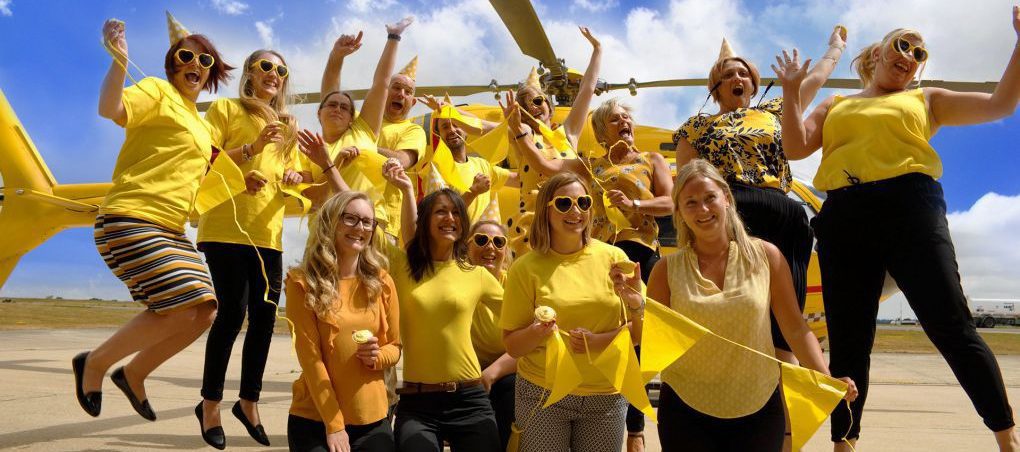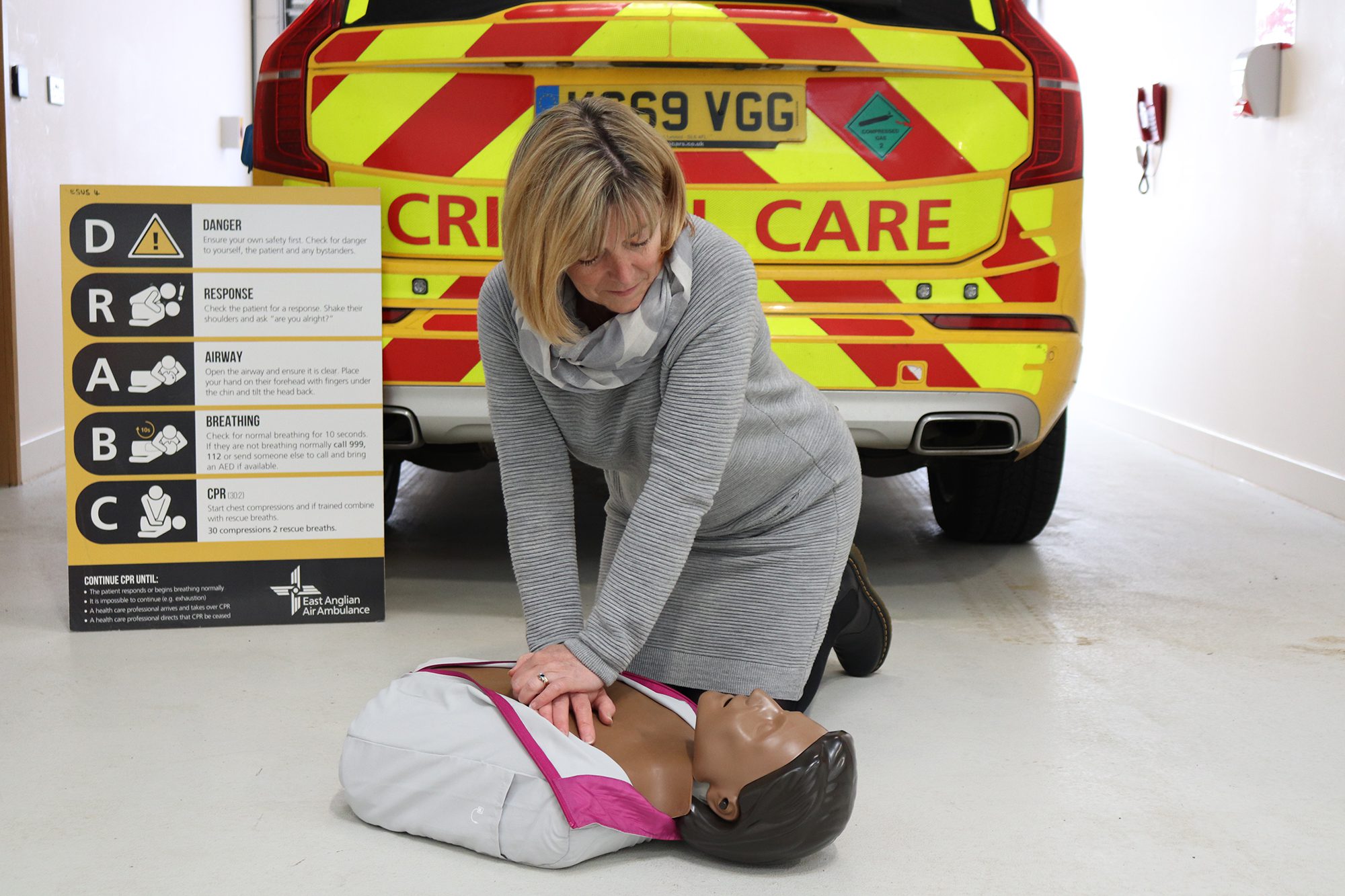4 Apr 2024
Kit Bags…Unpacked!
When EAAA is tasked to medical emergencies by air or road, clinicians carry two different kit bags to the scene. We spoke with EAAA Critical Care Paramedic and Head of Clinical Education and Research, Neil Flowers, who told us more about some of the equipment carried when we attend patients.
What’s the difference between the two kit bags?
“The red bag is the ‘Immediate Care’ bag. It contains equipment we are likely to need to support the East of England Ambulance Service. This includes basic airway equipment, emergency medications and items which help to manage significant blood loss. The blue bag is a ‘Critical Care’ bag, which contains equipment for the A&E level interventions and care that we carry out at the scene.
We tend to use this bag more often because critical care is the usual reason EAAA is tasked. The bag contains a variety of extensive equipment that can give our patients the best chance of a positive outcome.”
What is the most used piece of equipment?
“Different clinicians may say different things. I would say the Zoll Patient Monitor; it’s a defibrillator – and so much more, including an ECG to check electrical activity of the heart. It monitors heart rate, oxygen levels in the blood, blood pressure, end-tidal CO2 (what we breathe out), and core temperature. The machine provides an overall picture to help us monitor and treat critically unwell or injured patients.”
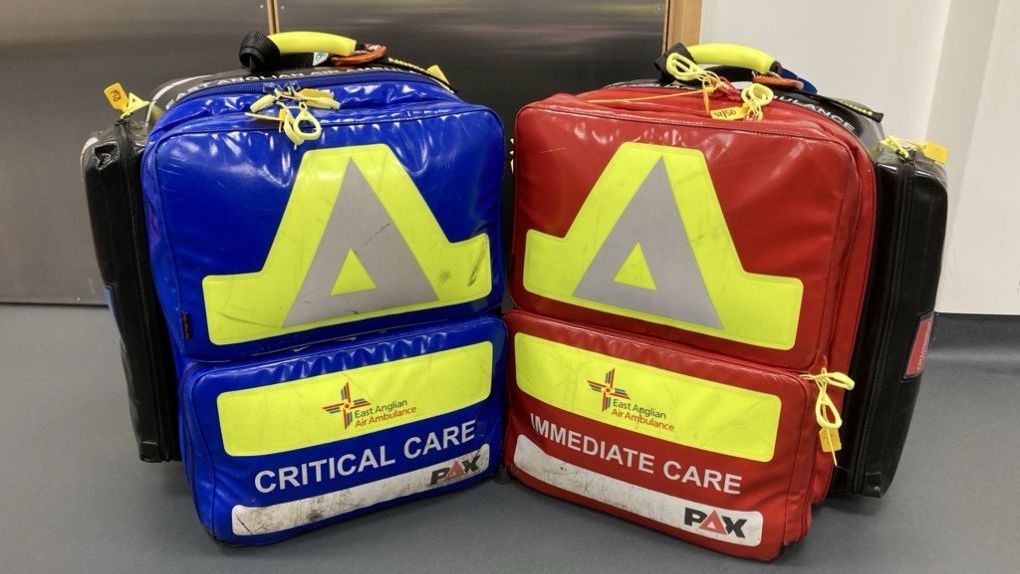
A surprising item?
“Although they’re not carried in the kit bags, people may be surprised to learn that the helicopters carry a couple of knitted teddy bears. These can be given to children who might be at the scene. This doesn’t happen very often, but these can be used to comfort and distract a child while they are being treated.”
A simple but effective item?
“Besides scissors, which all clinicians will use frequently, I would say heat preservation devices, such as active heat pads and survival blankets, made by Blizzard, which help to prevent heat loss. Hypothermia can have a detrimental effect on trauma patients, so these simple pieces of equipment can really help to save lives.”
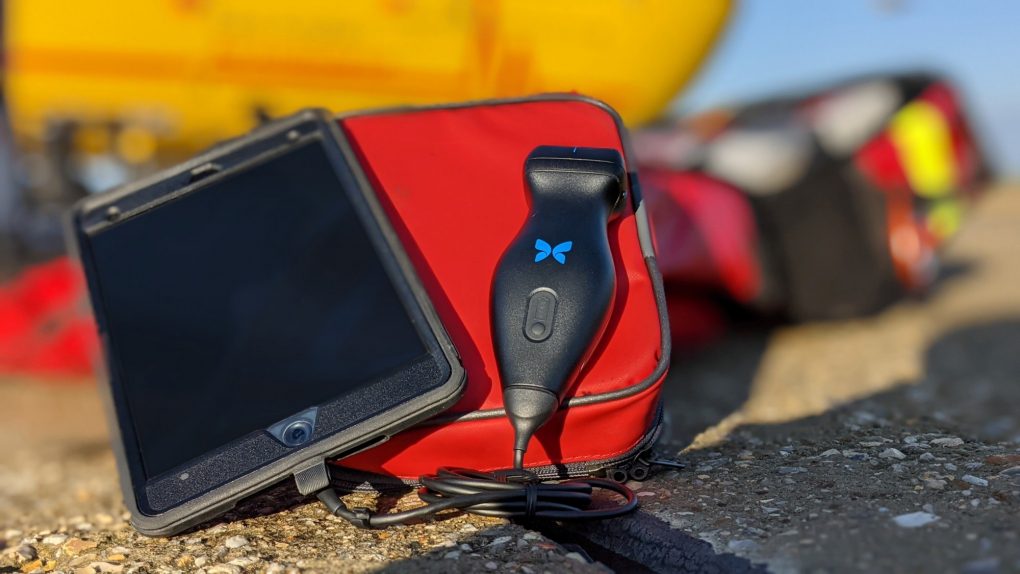
Something that makes a big difference?
“It depends on the circumstances and the patient’s condition, but one piece of equipment which makes a difference is the Point of Care Ultrasound (POCUS). It’s a handheld ultrasound probe, made by Butterfly, which attaches to the crew’s iPad. This acts as the display device so clinicians can check for fluid around organs such as the heart, internal bleeding and other traumatic injuries. It’s a key piece of equipment as it helps with decision-making and gaining a more accurate picture, which can determine the most appropriate hospital to transfer the patient to.”
